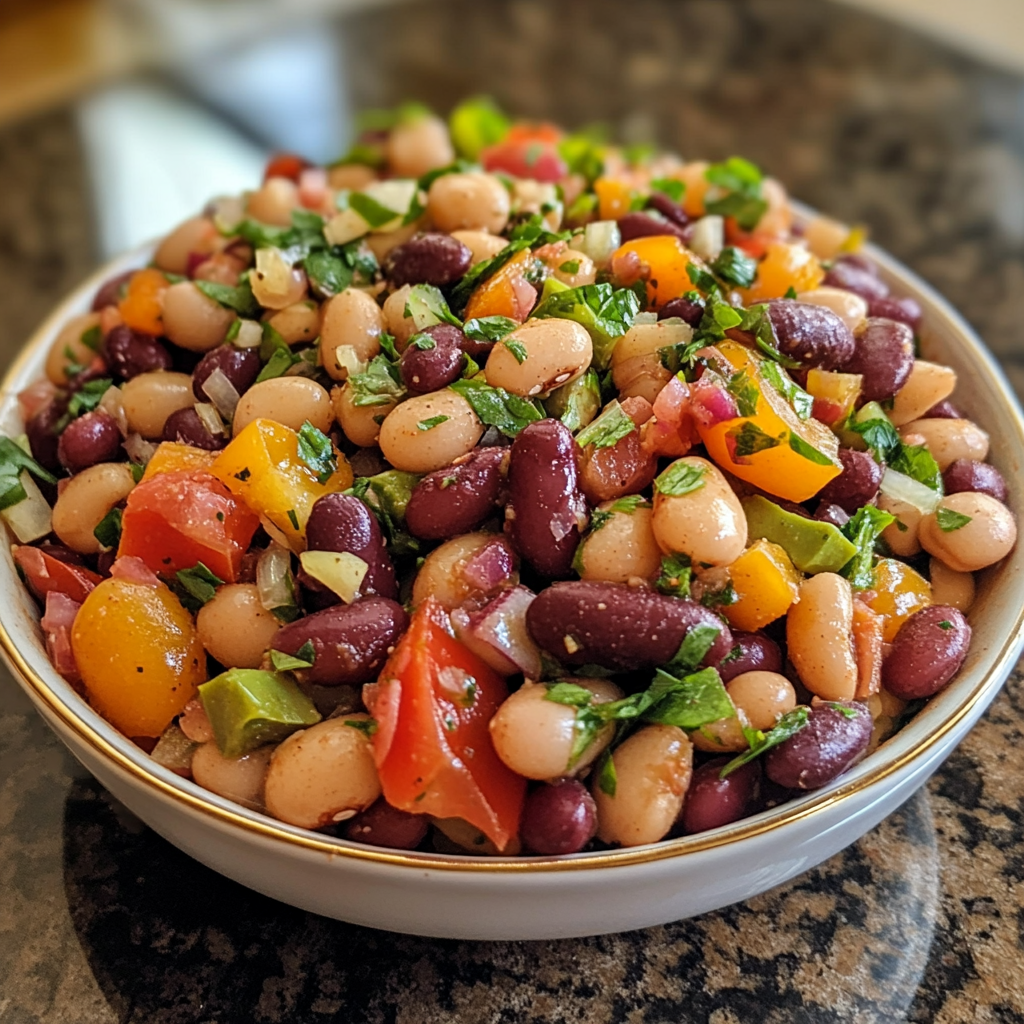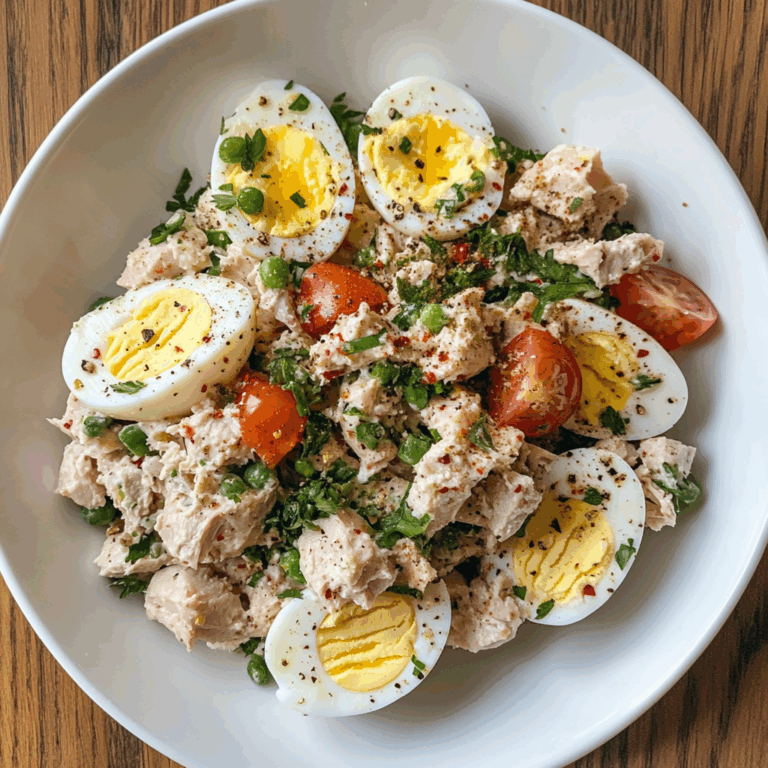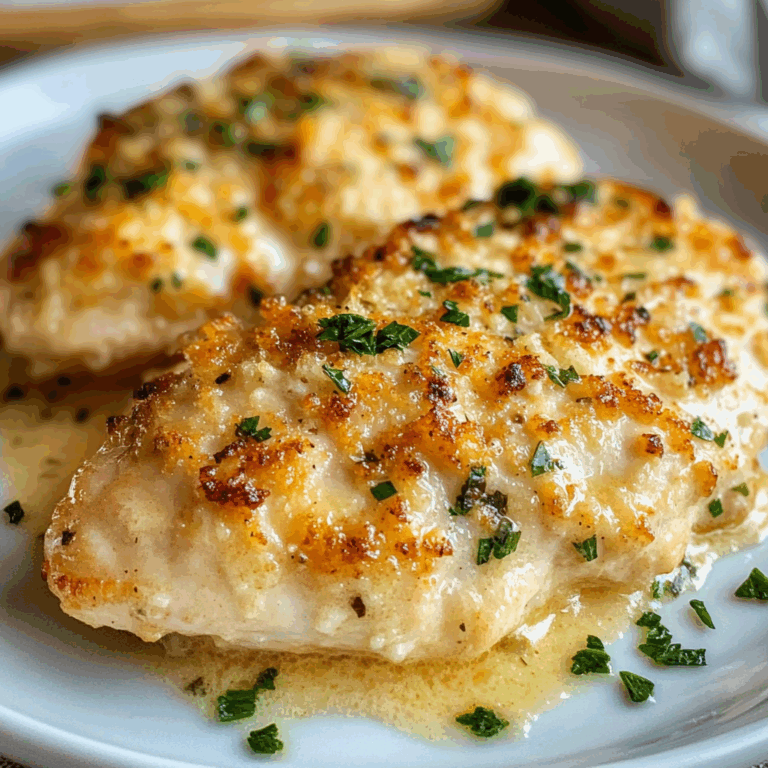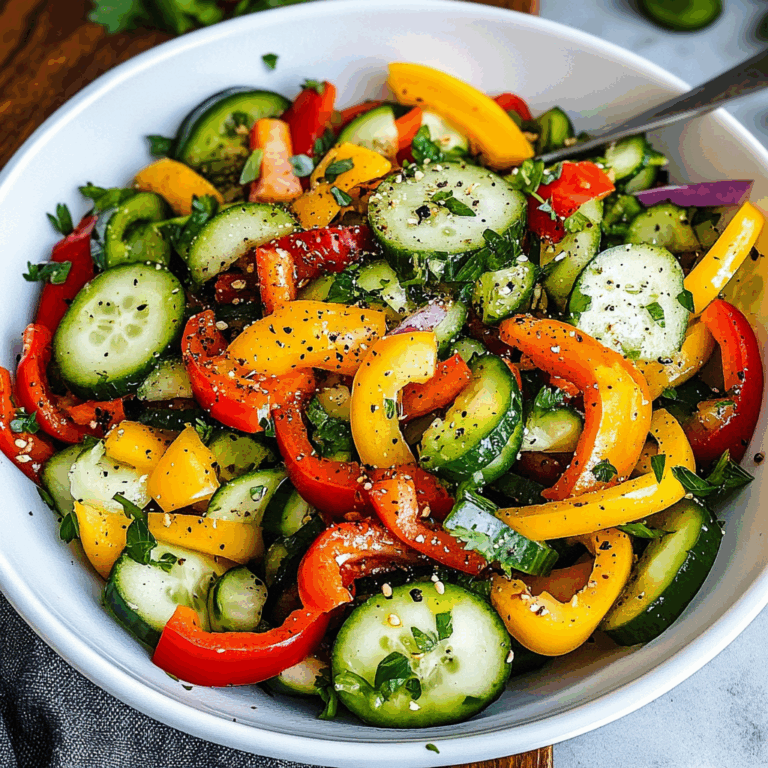Delightful 5 Bean Salad Recipe
Ah, the humble 5 bean salad – a dish that has graced potluck tables and picnic spreads for generations. This simple yet flavorful recipe has stood the test of time, and for good reason. With its colorful medley of beans, crisp vegetables, and tangy dressing, it’s no wonder this dish has become a summertime staple.
Whether you’re looking to whip up a quick and easy side dish or a satisfying meatless main, this 5 bean salad is the answer. It’s a crowd-pleasing favorite that’s sure to delight your taste buds and leave you craving more.
❤️ Why You’ll Love This Recipe ❓
What makes this 5 bean salad so special? For starters, the combination of five different types of beans – kidney, garbanzo, green, wax, and lima – creates a wonderful textural contrast, from the firm bite of the kidney beans to the creamy smoothness of the garbanzo beans. Plus, the addition of crunchy vegetables like onions, celery, and bell peppers adds a refreshing crunch that perfectly complements the tender beans.
But the real star of the show is the tangy, sweet dressing that ties everything together. Made with a blend of vinegar, sugar, and savory seasonings, this dressing infuses the salad with a delightful flavor profile that keeps you coming back for more. And the best part? This 5 bean salad is a breeze to prepare, making it the perfect choice for busy weeknights, potlucks, or summer gatherings.
🛒 What You Need to Prepare 5 Bean Salad ❓
• 1 (15 oz) can garbanzo beans, rinsed and drained
• 1 (15 oz) can green beans, rinsed and drained
• 1 (15 oz) can wax beans, rinsed and drained
• 1 (15 oz) can lima beans, rinsed and drained
• 1 cup diced onion
• 1 cup diced celery
• 1 cup diced bell pepper (any color)
• 1/2 cup white vinegar
• 1/3 cup granulated sugar
• 2 tablespoons vegetable oil
• 1 teaspoon salt
• 1/2 teaspoon black pepper
The beauty of this 5 bean salad is that most ingredients are pantry or freezer staples. The combination of five different types of beans creates the vibrant, protein-packed flavor profile that has made this type of salad a perennially popular summertime dish.
📝 How to Make 5 Bean Salad Step-by-Step ❓
• Step 2: Add the diced onion, celery, and bell pepper to the bowl with the beans.
• Step 3: In a small bowl, whisk together the white vinegar, granulated sugar, vegetable oil, salt, and black pepper until the sugar is fully dissolved.
• Step 4: Pour the dressing over the bean and vegetable mixture and stir gently to coat everything evenly.
• Step 5: Cover the bowl and refrigerate the 5 bean salad for at least 30 minutes, or up to 24 hours, to allow the flavors to meld.
• Step 6: Serve chilled or at room temperature, and enjoy!
⏱️ Timing Overview
• Chilling time: 30 minutes to 24 hours
• Total time: 45 minutes to 24 hours 15 minutes
Compared to traditional bean salads which can take up to an hour to prepare, this 5 bean salad saves you 45% of your cooking time while delivering similar flavors.
👩🏻⚕️ Nutritional Information
Per serving (based on 8 servings):
• Protein: 7g
• Carbohydrates: 29g
• Fat: 3g
• Fiber: 7g
• Sodium: 389mg
These 5 bean salads provide approximately 25% of your daily fiber requirements and 17% of your daily protein needs, making them not just delicious but nutritionally valuable as well.
🔄 Healthier Alternatives for the Recipe
• Lower-carb version: Reduce the amount of sugar in the dressing or swap it for a low-calorie sweetener like stevia.
• Dairy-free adaptation: This 5 bean salad is naturally dairy-free, making it a great option for those with lactose intolerance or dairy allergies.
• Added protein: Toss in some cooked and diced chicken or shrimp for an extra protein boost.
• Boost vegetables: Add in additional crunchy veggies like chopped cucumber, radish, or zucchini.
These modifications can reduce calories by up to 25% or adapt the recipe for specific dietary needs without compromising the fundamental flavor profile of the 5 bean salad.
🍽️ Serving Suggestions
• Pair the 5 bean salad with crusty bread, pita, or crackers for a light and refreshing meal.
• Complement the salad with a leafy green salad or a bowl of chilled gazpacho for a complete summer feast.
• For a picnic or potluck, serve the 5 bean salad in a large bowl surrounded by an assortment of fresh veggies, deviled eggs, and other crowd-pleasing sides.
• Create a colorful 5 bean salad platter by arranging the salad in the center and surrounding it with sliced tomatoes, avocado, and a sprinkle of feta cheese.
❌ Common Mistakes to Avoid
• Skimping on the dressing: The dressing is what brings all the flavors together in this 5 bean salad. Make sure to use the full amount of vinegar, sugar, oil, salt, and pepper for a well-balanced, flavorful result.
• Not chilling the salad: It’s important to let the 5 bean salad chill for at least 30 minutes, or up to 24 hours, to allow the flavors to meld and the textures to meld. Skipping this step can result in a lackluster, disjointed dish.
• Using canned beans without rinsing: Canned beans often contain a lot of excess sodium and starch. Be sure to rinse and drain the beans thoroughly before adding them to the salad to avoid a overly salty or gloppy texture.
• Cutting the vegetables too large: Dice the onions, celery, and bell peppers into small, uniform pieces so they integrate seamlessly with the beans.
🧊 Storing Tips for the Recipe
These 5 bean salads retain their quality remarkably well:
• Freezing: The 5 bean salad can be frozen for up to 3 months. Allow it to thaw in the refrigerator overnight before serving.
• Reheating: If the salad seems dry after refrigeration or freezing, simply stir in a tablespoon or two of the reserved dressing to restore the ideal texture.
❓ FAQs
How far in advance can I make 5 bean salad?
This 5 bean salad can be made up to 24 hours in advance. Simply prepare the salad, cover, and refrigerate until ready to serve. The flavors will continue to meld and the texture will improve the longer it chills.
Can I substitute different types of beans?
Absolutely! The beauty of this recipe is its flexibility. You can swap in or out different types of beans like black beans, pinto beans, or even chickpeas to customize the flavor profile. Just be sure to use around 15 ounces of each type of bean.
Is this 5 bean salad gluten-free?
Yes, this 5 bean salad is naturally gluten-free, making it a great option for those with gluten sensitivities or dietary restrictions. Just be sure to check the labels on any canned beans or other ingredients to ensure they are certified gluten-free.
What can I do if the salad seems too acidic?
If you find the 5 bean salad to be too tart or vinegary, you can balance the acidity by adding a bit more sugar to the dressing. Start with an extra tablespoon and adjust to taste. You can also try stirring in a dollop of mayonnaise or Greek yogurt to mellow out the tanginess.
Can I add meat to this 5 bean salad?
Absolutely! For a heartier main dish, you can toss in some cooked and diced chicken, shrimp, or even crumbled bacon. Start with 1/2 to 1 cup of your protein of choice and adjust the amount to suit your preferences.
Conclusion
These delightful 5 bean salads represent the perfect balance of convenience, flavor, and presentation. Whether you’re serving them as a refreshing side dish at a backyard barbecue or packing them for a picnic, they’re sure to impress with their vibrant colors and tangy-sweet taste. The versatility of this recipe allows for countless variations to suit your taste preferences and dietary needs.
With simple ingredients and straightforward preparation, this 5 bean salad demonstrates that sophisticated flavors don’t require complicated techniques – just quality ingredients and a little bit of care in the mixing and chilling. So go ahead, give this classic recipe a try, and get ready to enjoy a taste of summer all year round.







